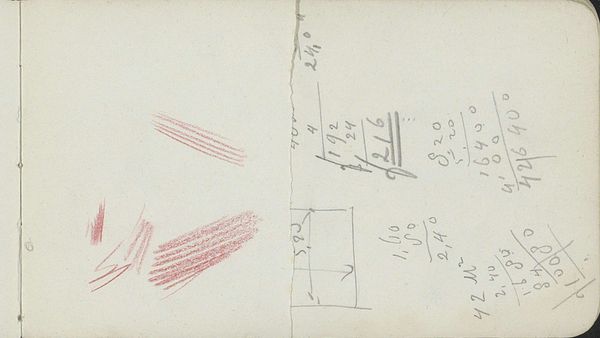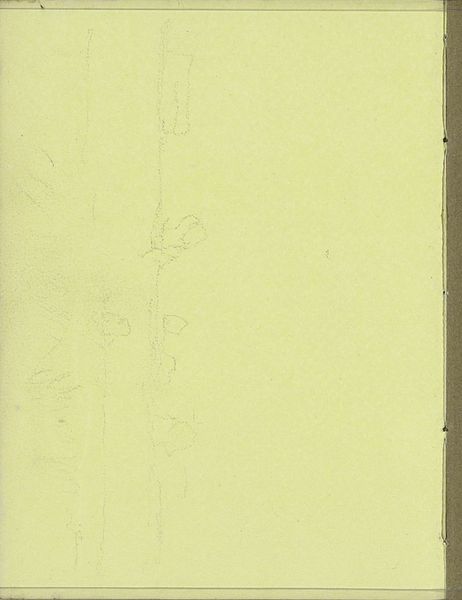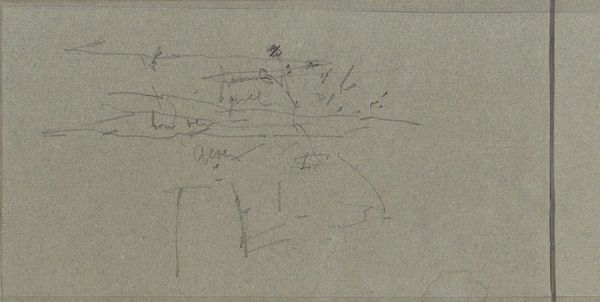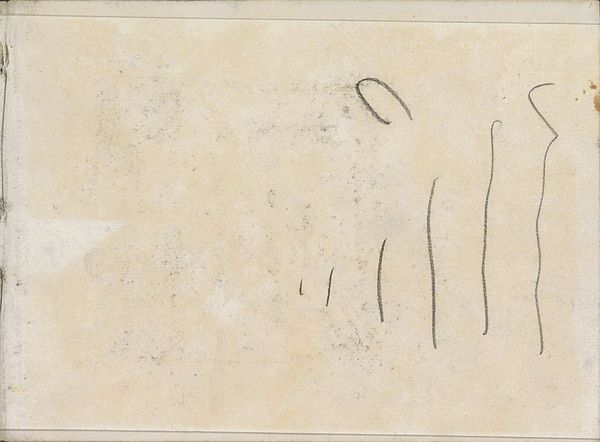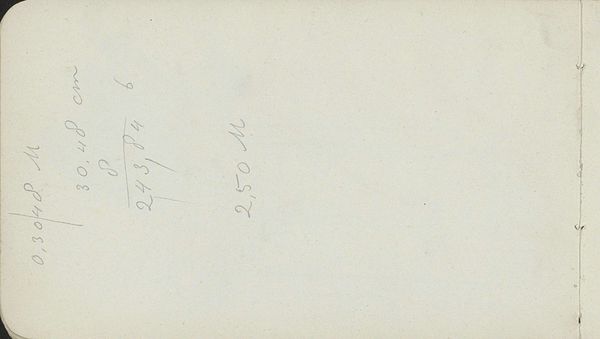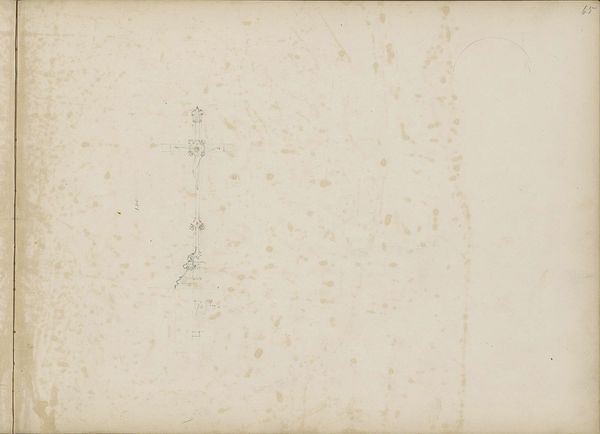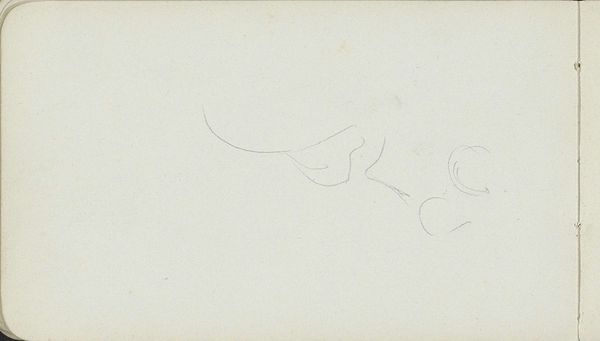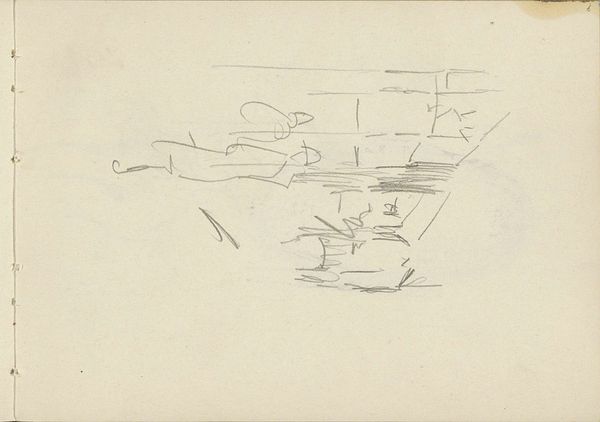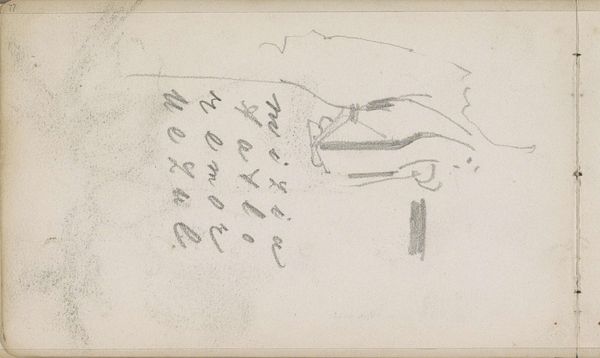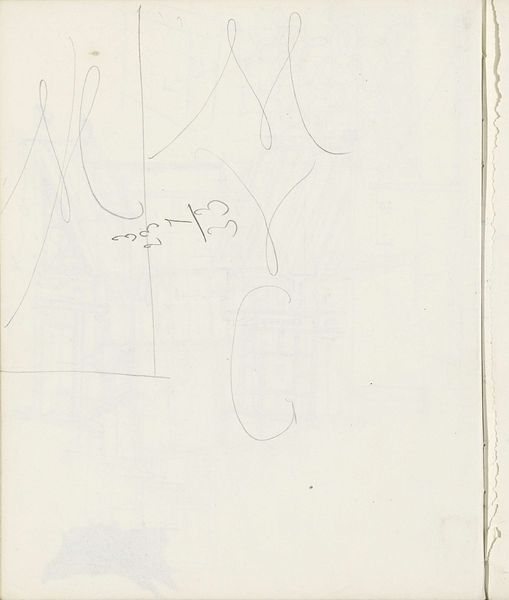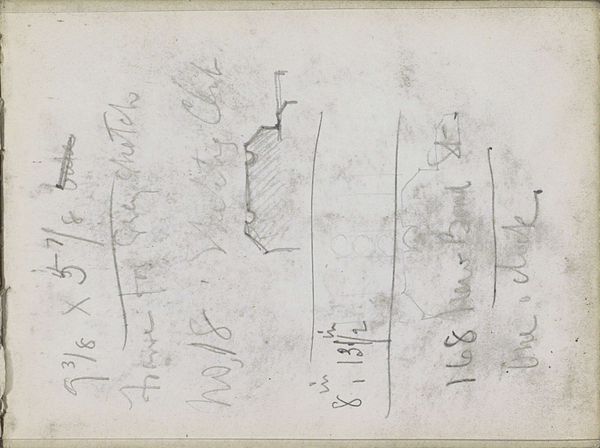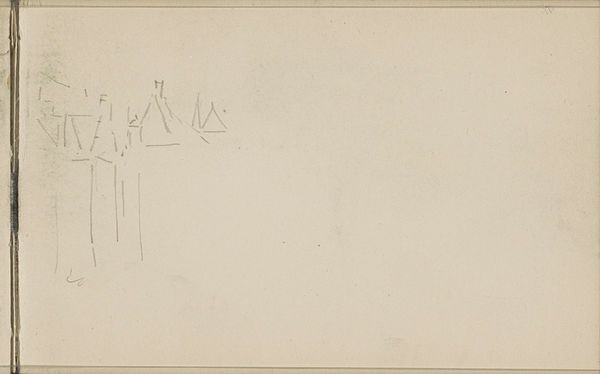
Copyright: Rijks Museum: Open Domain
Editor: We're looking at "Berekeningen," or "Calculations," a work on paper by Carel Adolph Lion Cachet, created between 1905 and 1906. It's essentially a page filled with calculations in ink. What I find striking is how raw and immediate it feels, almost like peering into the artist's personal thought process. What do you see in this piece? Curator: What strikes me is not just the immediate, but the enduring power of symbols in a world obsessed with quantifying value. Numbers, in their purest form, are abstract symbols that we imbue with concrete meaning. Lion Cachet's calculations invite us to consider how these symbols mediate our understanding of the world around us. Do you think the apparent randomness adds to or detracts from that symbolic weight? Editor: I think the randomness is interesting. It makes it feel more human, more like a glimpse into an active mind, and less like a sterile equation. But is there anything else to interpret, other than the fact that numbers can be, like, a little scary? Curator: Think about what calculations represent culturally and historically: order, control, prediction. But also vulnerability – the potential for error, the anxiety of getting it wrong. Lion Cachet presents us with a symbolic equation of sorts – the messy, imperfect human condition striving for order within abstraction. What might these scribbled figures have meant in 1905, in an era grappling with rapid industrialization and a changing social landscape? Editor: That’s interesting…So, seeing this not just as numbers, but a symbol of broader anxieties around progress and control? Curator: Precisely! Symbols aren't fixed; they resonate differently across time. Lion Cachet offers a powerful commentary on a society obsessed with calculations. The visual record suggests this society cannot avoid being, fundamentally, a bit messy. Editor: I see it differently now. Thanks! It's amazing how much can be gleaned from something as simple as a page of calculations. Curator: Indeed. It reinforces the idea that meaning resides not just in the object, but in how we choose to interpret it, connecting it to broader cultural narratives.
Comments
No comments
Be the first to comment and join the conversation on the ultimate creative platform.
